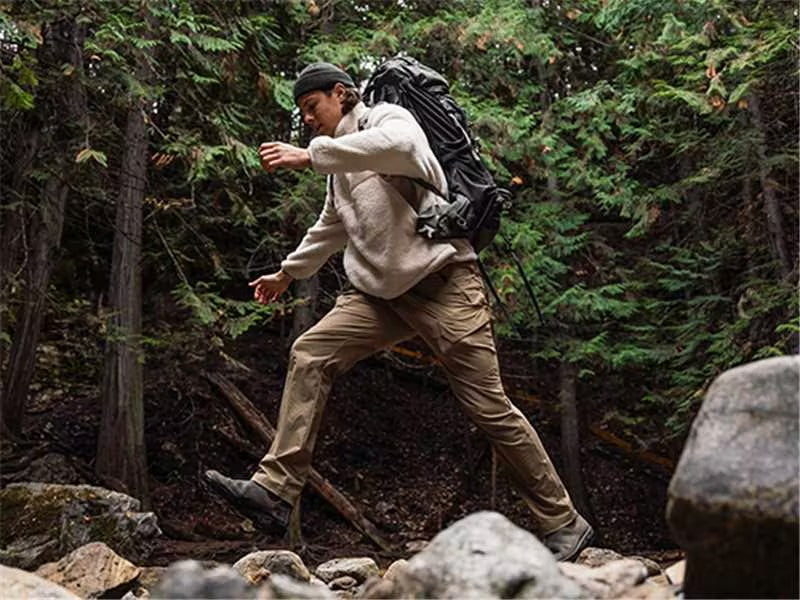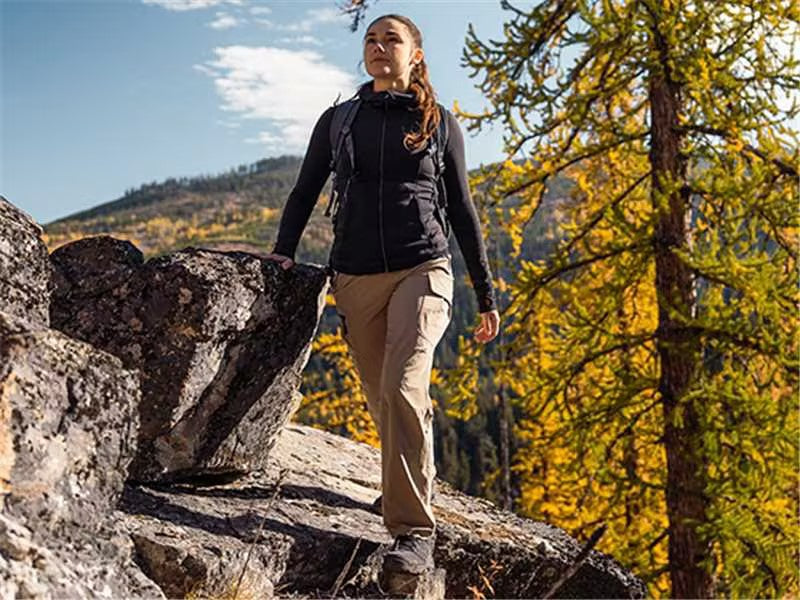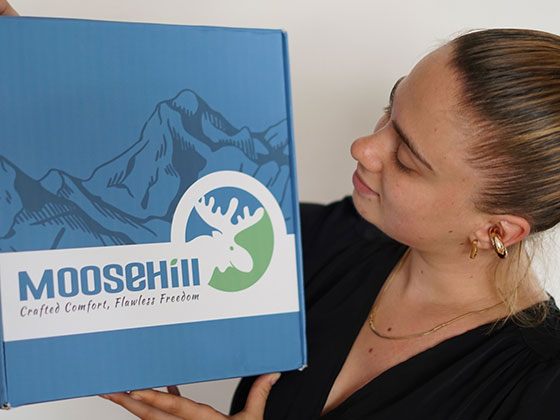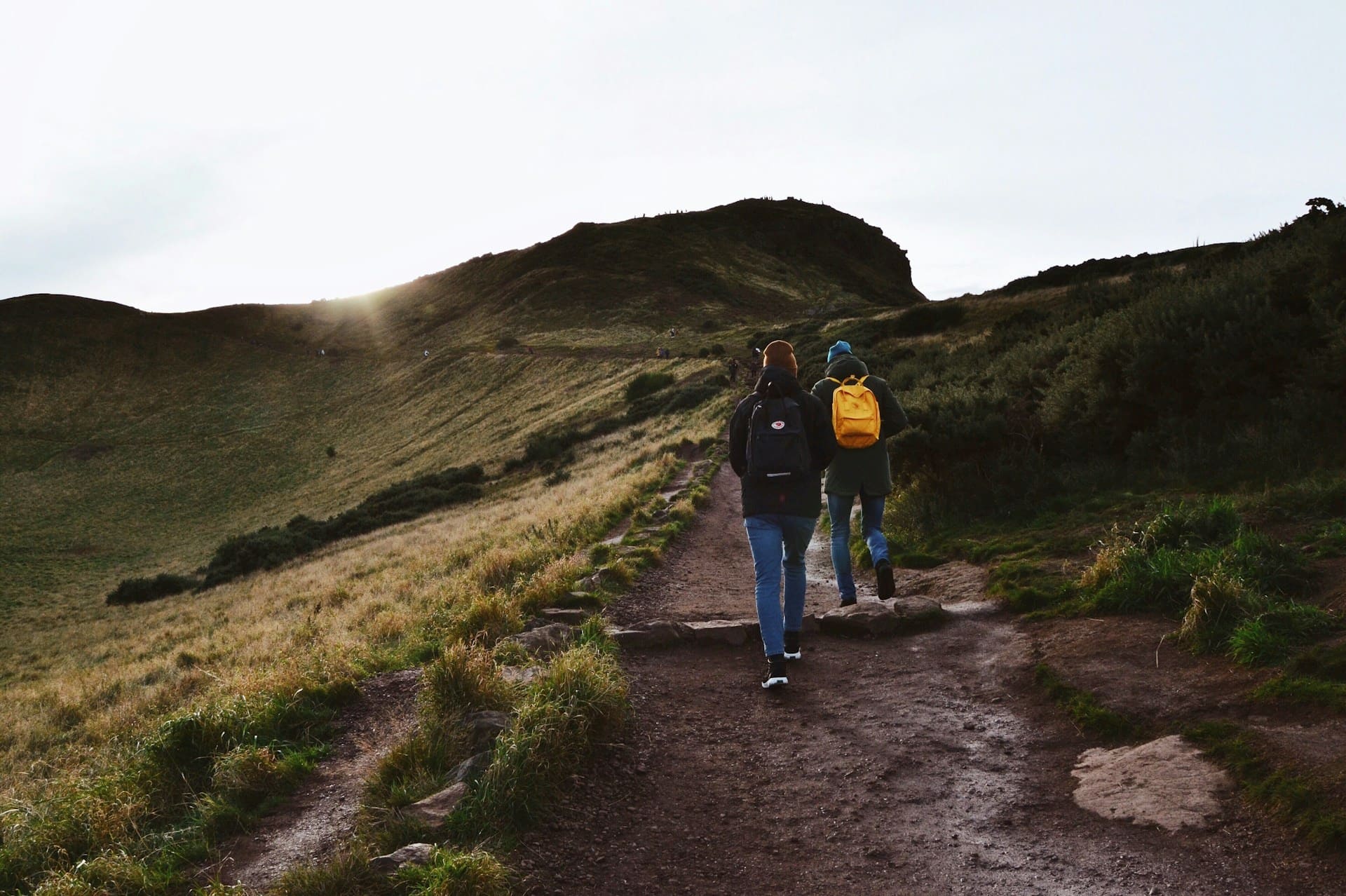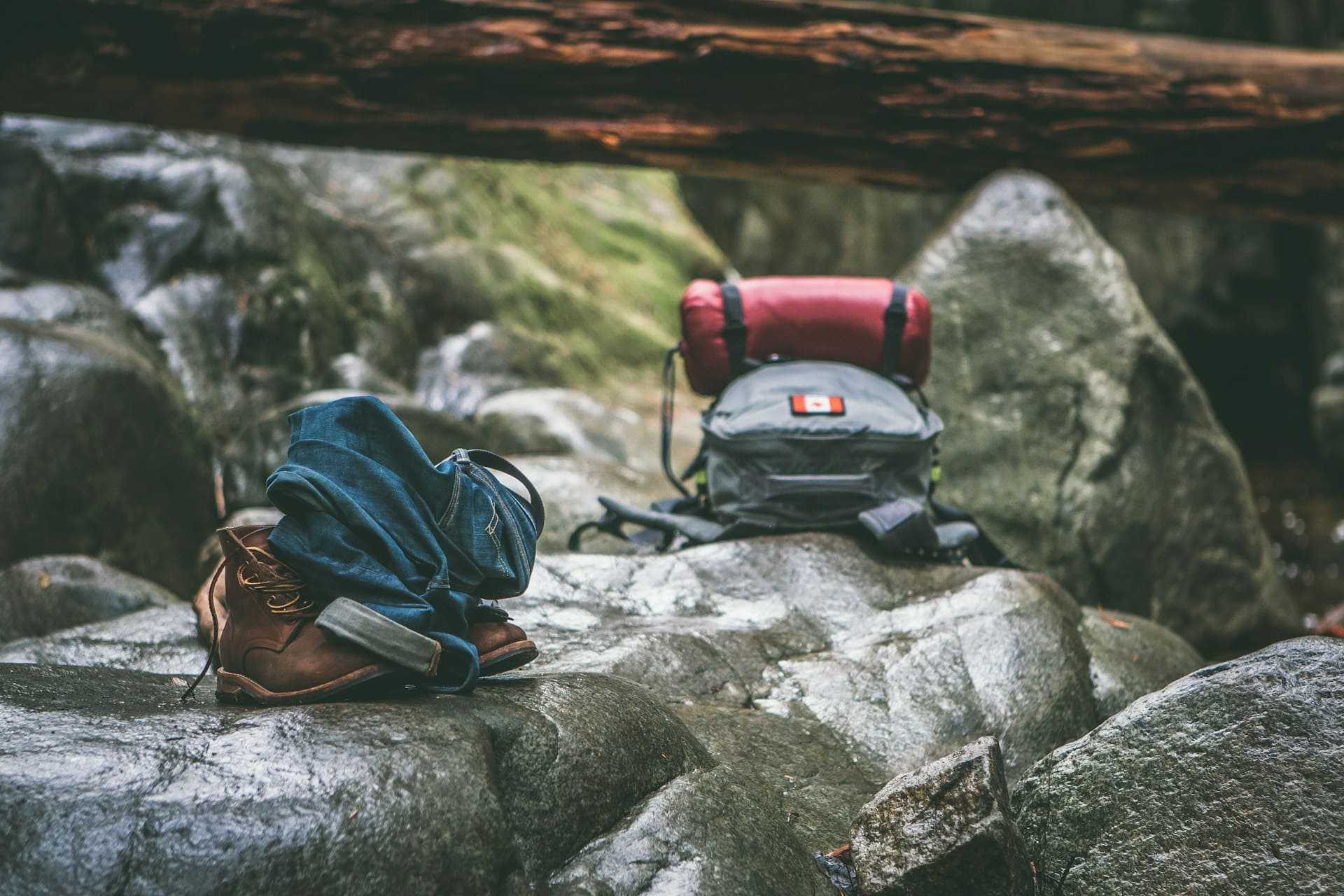Riposare durante l'escursionismo è essenziale per mantenere l'energia e prevenire la fatica. Ecco alcuni consigli professionali su tecniche di riposo efficaci che non richiedono di sedersi:
1. Appoggiarsi a un tronco d'albero: Trova un albero robusto e appoggiati ad esso per ridurre il carico sulle gambe e alleviare la pressione.
2. Sedersi in un luogo più alto: Scegli un luogo più alto dove sederti, preferibilmente su una pendenza o su rocce con una piccola differenza di altezza. In questo modo, quando ti alzi e continui a camminare, non dovrai sforzarti molto per sollevare tutto il tuo corpo.
3. Utilizzare un metodo di riposo specializzato: Posiziona le mani sull'area del ginocchio per supportare la parte superiore del corpo, creando una forma di ponte equilibrata. Tieni la schiena dritta e assicurati che lo zaino sia posizionato comodamente sulla schiena. Piegati leggermente sulle gambe e volgi la parte superiore del corpo nella direzione in salita, permettendo al torso di rilassarsi. Questa tecnica riduce la sensazione di peso sulle spalle e allevia la pressione sulla colonna vertebrale, alleviando rapidamente la fatica e ripristinando la forza fisica. Quando inizi a camminare di nuovo, riporta gradualmente il torso nella sua posizione normale invece di sollevarlo bruscamente.
4. Fare respiri profondi e rallentare: Fai respiri lenti e profondi e rallenta il tuo ritmo fino a non sentire più tensione. Suddividi i periodi di riposo in ogni passo, riducendo la necessità di pause frequenti.

5. Scegliere un luogo di riposo adatto: Se decidi di sederti, cerca di trovare una sezione dolce del sentiero per riposarti, piuttosto che dirigerti immediatamente verso un'area elevata. Riposarsi su una pendenza ripida dopo un periodo di calma può improvvisamente richiedere una notevole quantità di energia fisica, rappresentando un potenziale pericolo e sprecando energia.
6. Fare piccoli passi e trascinare leggermente i piedi: Fare passi più piccoli può conservare la forza fisica. Quando si cammina in salita, evitare di sollevare i piedi troppo in alto e invece trascinarli leggermente lungo il terreno, purché non comprometta la sicurezza. Prestare attenzione a questi piccoli dettagli e sviluppare l'abitudine di conservare energia può salvare una quantità significativa di forza fisica.
7. Usare le mani per assistenza: Su piattaforme alte o quando si incontrano ostacoli ripidi, usa le mani per aiutare a sollevare le gambe e poi premi le ginocchia con le mani per alzarti. Quando ti trovi di fronte a una necessità improvvisa di scalare una piattaforma di pietra alta, evita di fare affidamento solo sulla forza delle gambe per sollevare il corpo. Un'estrema fatica nei muscoli delle gambe può portare a spasmi e ostacolare i tuoi progressi. Coordinare l'uso degli arti superiori e inferiori può risparmiare molta energia fisica e garantire sicurezza.
Seguendo questi principi professionali di riposo durante l'escursionismo, puoi ottimizzare la gestione della tua energia e migliorare la tua esperienza complessiva di escursionismo.
Pantaloni da escursionismo da donna Moosehill
Pantaloni e pantaloni corti da escursionismo Moosehill per uomo

